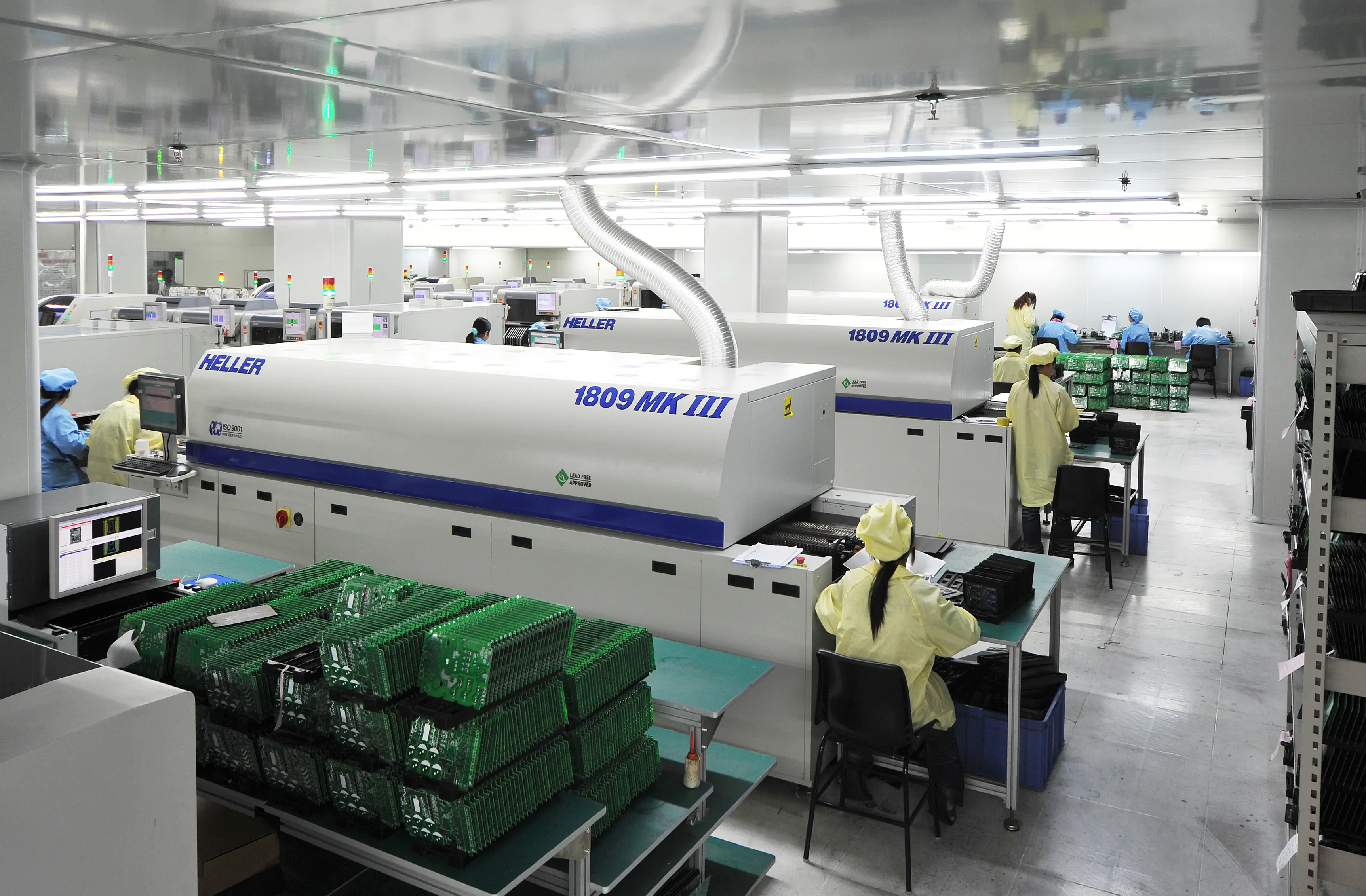There are essential choices and considerations to make for a successful rigid-flex PCB design process at an early stage. These are essential if you need to maintain its reliability and cut costs. Are you a rigid-flex PCB designer looking for some design principles? This article is for you.
Table of Contents.
ToggleWhat is Rigid-Flex PCB?
Rigid-Flex PCB is a board that combines rigid board technologies and flexible circuits. The manufacturing process tends to be similar to a traditional hardboard circuit, but some layers are flexible circuitry running throughout the hardboard. Many rigid-flex boards have multiple flexible circuit substrates layers attached to either one or more rigid boards. This can also be internally or externally depending n the type of design used in the application.
The flexible circuit substrates are designed to maintain a constant state formed into flexed curves during installation or manufacturing. Rigid-flex PCB designs are more challenging than the typical rigid board environment as the boards are made in a 3D space with greater spatial efficiency. Since it’s possible to design in three dimensions, it’s simple for designers to twist, fold or roll the flexible substrates to achieve the desired final shape.
Rigid-flex PCB Tech and Production Process
The modern technology is well improved when it comes to the production of large-scale quantities PCB assembly and PCB fabrication or production of a rigid-flex prototype. The flex PCB process is good in overcoming weight and space issues.
Careful consideration of rigid-flex solutions and proper assessment of the various options available is known to have significant benefits. The PCB fabricator is used early during the design process to guarantee that the design and fabrication portions are in coordination and account for final product variations.
The Rigid-flex PCB manufacturing process is complex and time-consuming compared to rigid board fabrication. Rigid-flex assembly flexible components have different handling, soldering processes, and etching than the rigid FR4 Boards.
Advantages of Rigid-flex PCB
- You can minimize space requirements by applying 3D.
- Maximizing space often increases the chances of lower count in parts.
- With fewer solder joints, high connection reliability is assured.
- There is a reduced weight once cables and connectors between the rigid board parts and the overall system get removed.
- It’s a more simplified PCB assembly process.
- The handling process during assembly is simple, unlike with flexible boards.
- The test conditions are also simplified, and a complete test before installation is possible.
- Integrated ZIF contacts assist in simple modular interfaces to the system’s environment.
- With Rigid-flex PCB boards, there is a significant reduction in logistics and assembly costs.
- The complexity of mechanical designs can be increased, thus improving the degree of freedom for optimizing housing solutions.
Difference between a Rigid-flex PCB board and a Flex PCB board
It is essential to differentiate between a rigid-flex PCB board and a flex board with stiffeners. Though stiffeners can be used for both applications, stiffeners offer some stability for assembly and mechanical purposes. But, a flexible circuit with stiffeners tends to limit where components get placed, affecting overall component density.
Because of that, stiffeners become a consideration factor between a rigid-flex board and flex boards with stiffeners. This is essential to help determine whether or not the flexible circuit wi9th stiffener offers the needed component density desired. As component density increases, flexible boards with stiffeners reach their limit thus, making rigid-flex PCB more desirable.
Also, a rigid-flex board has a simple assembly process and provides a higher density for circuit routing and components. However, if it’s not needed, flex boards with stiffeners will be sufficient and be less expensive.
The cost of a rigid-flex PCB is relatively high compared to hardboards. Usually, the prices are twice or triple the price of flexible boards with stiffeners. So, why the cost difference?
The increased cost of rigid-flex PCBs are justified by;
High-density applications: Rigid-flex PCB boards fold into small profiles, therefore, offering space-saving options n every instance. For instance, it can accommodate connectors and cables needed by electronic PCB designs.
Highly reliable: Rigid-flex PCB boards offer great reliability when components are subjected to shock and extreme vibrations. On the other hand, a flexible cable has a greater chance of failing if the assembly is exposed to high vibration environments and repeated shocks.
Applications of rigid boards: if your application involves five or more boards connected with flex cables to one another, a rigid-flex solution tends to be the optimal and most cost-effective alternative.
Rigid-Flex PCB Design Guidelines
A rigid-flex design resembles a hardboard design as the flexible layers fully extend to the rigid areas of the board. Also, the rigid-flex fabrication package includes Gerber layers with solder mask layers, drill files, nomenclature, a cover layer, perimeter files, and much more. But, there are some main differences between the fabrication package for hardboards and rigid-flex PCB applications.
A rigid-flex print has many dimensions, so it should properly define all the requirements as the boards are used in 3D applications. Also, it should represent the transition areas of rigid to flex accurately.
The material layup of rigid-flex PCB boards is critical and should work together with the fabricator. The fabricator helps make the right material choices based o requirements like mechanical considerations, minimum bend radii required, UL flammability rating, and impedance control of rigid and flex layers. Lastly, rigid-flex boards need additional layers in Geber files.
The final assembly process needs flex portions to be bent into shape while stressing flex laminations that can cause stress fractures.
Rigid-flex PCB at LHD Technology Company
We hope this article has provided a clear overview of rigid-flex board considerations. At LHD Technology, we are a leading manufacturer of rigid-flex PCB boards based on your requirements. Our purpose is to ensure you receive all resources needed to help you with PCB board optimization much early in the whole process. Contact us today for more information about LHD Technology capabilities and services.









